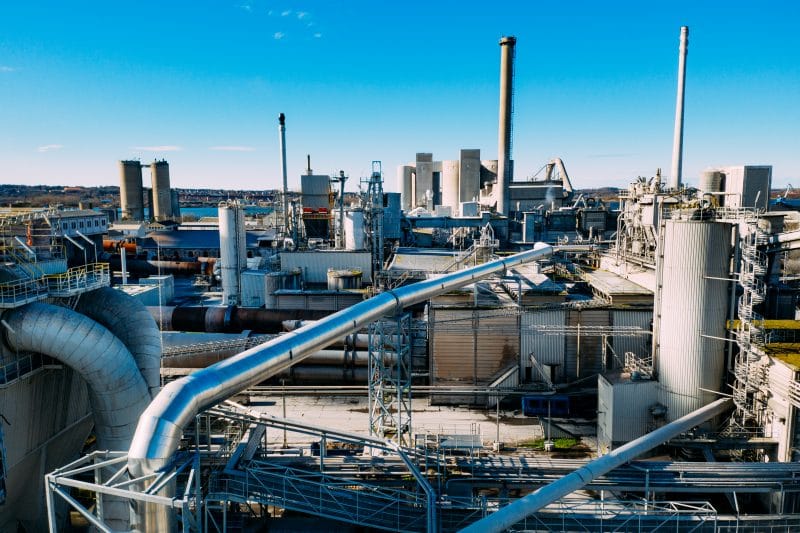Put simply, industrial symbioses are commercial collaborations where companies exchange residual and surplus products such as water, energy, or materials. Normally, the companies are located in close proximity to each other, as long distances can impede the exchange of resources, or remove the business and environmental case for doing so. For companies, it can be advantageous to participate in the symbiosis, as it helps them achieve their environmental objectives (such as reduce CO2 emissions), reduce costs and find a market for their residual and/or by-products.
Located at the top of Denmark, Northern Jutland is the old industrial heartland of Denmark. A thriving entrepreneurial culture and business community remains to this day, where the focus is on transforming the region into an incubator for sustainable solutions. A strong network of actors within companies, ports, the university, municipalities, and utilities, support corporate collaborations to manage resources and increase competitiveness.
It was in this context that the ‘Sustainable Synergies. Facilitated Industrial Symbiosis for Energy and Resource Efficiency’ project was created. Initiated in January 2017, and running until June 2020, Sustainable Synergies was designed to improve the competitiveness of SMEs in Aalborg East by developing green business models that would improve energy efficiency and resource efficiency through a facilitated industrial symbiosis. A collaboration between the Port of Aalborg, the University of Aalborg, and the energy cluster House of Energy, approximately ten attractive symbioses were developed – involving more than 25 companies. In addition, the local business network and the public energy supply organisation were engaged in the project.
Sustainable Synergies commenced by mapping the potential for energy and resource savings on a meta level for all the SMEs in the area. Based on the analysis, companies were identified and invited to participate in the symbiosis. Following this, companies were matched with other suitable companies, and specific groups were established to further develop the collaboration. For example, businesses shared resources or participated in common solutions for the collection and transport of waste. Emphasis was placed on utilising the area’s resources more wisely, and ensuring waste was reused and recycled rather than being incinerated or sent to landfill.
Examples of the symbioses that were established during the project include a local industrial designer that created a new line of furniture using surplus metal, wood and fibreboard supplied by three local companies. The waste materials were transformed into modern tables and lamps with genuinely sustainable credentials and a long lifespan. Another developed a process to recycle the corrugated plastic sheets steel processing companies in Aalborg East receive as a protecting layer between steel sheets. While the plastic sheets are made of pure plastic material and easy to recycle, the volumes of each company have typically been too small to make the logistics of recycling cost-efficient. Therefore, the plastic sheets have typically been sent for incineration along with other waste fractions. Following the Sustainable Synergies project, they are now being collected and transformed into new, high-quality, plastics.
Sustainable Synergies was supported by the European Fund for Regional Development and based at the Danish Centre for Environmental Assessment at Aalborg University.











